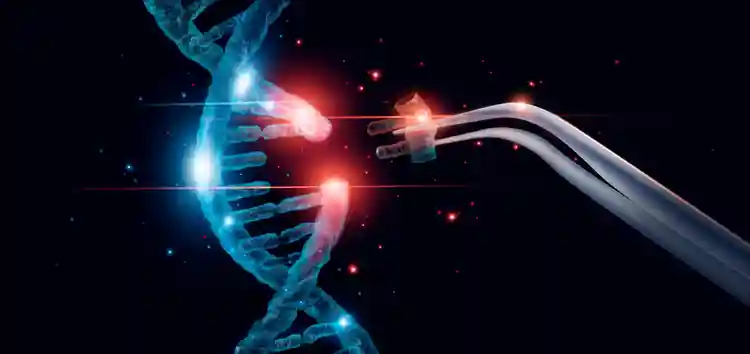Magnetic Resonance-based Long Range Wireless Power Transfer
Wireless Power Transfer (WPT) is a popular technology, and the technology is being continuously advanced to keep pace with the fast-growing world. There are two types of wireless power transfer: The one that allows powering through short distances while another that enables power to be transferred over long distances. Magnetic resonance technology is a way …
Magnetic Resonance-based Long Range Wireless Power Transfer Read More »









